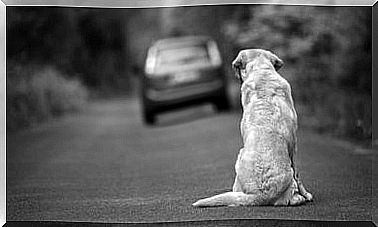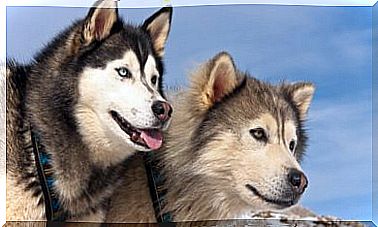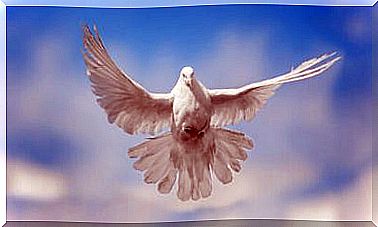7 Tips To Create A Garden For A Rodent
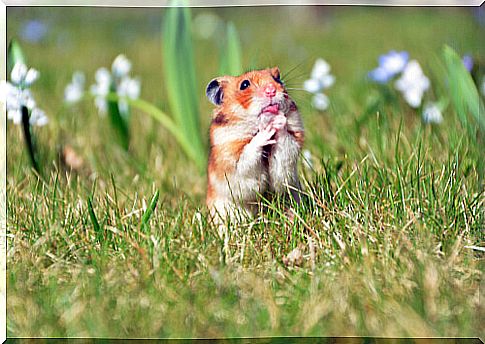
Creating a garden for a rodent can seem like a daunting task. But with a little patience and creativity you can offer your pet an ideal place to live and have fun. Hamsters and other kinds of rodents have been shown to enjoy a cozy and comfortable environment
Researchers at Liverpool’s John Moore University tested 30 hamsters to determine whether enriching their environment, with toys and bedding in their cages, would change the decisions they made when faced with an uncertain choice.
What they found was that hamsters with extra toys and cozier bedding were more likely to make optimistic decisions than those with less frills. They were willing to try different bottles of drinks to see if the water was especially tasty. Less optimistic hamsters were more reluctant to try new things.
Scientists view optimistic judgments as an indicator of positive well-being in humans, so using the same methodology to indicate well-being in hamsters and other rodents makes sense. For this reason, offering a home or a cage to a hamster or rodent that you have as a pet, with the appropriate amenities, will be like having a garden for a rodent.
Here are 7 tips for creating a garden for a rodent or hamster:
1. Generous space
When rodents wake up at night, they are very active and need plenty of space to explore, play, climb, and exercise. Offer them a garden or cage that is as large as possible, ideally with a deep plastic base – three to five centimeters minimum – and a wire top.

Make sure the bars to delimit the space are narrow enough, especially if you have a dwarf rodent, as these little escape artists are so smart they could make a corridor and escape.
2. Multi-level living
A multi-level cage with different platforms will make the most of the available space, giving your rodent more areas to explore. The wire sides will allow them to climb around the bars of the cage, a hobby and a great exercise.
3. A quiet place
Rodents are very sensitive to high-frequency sounds that humans cannot hear. Place your rodent garden away from anything that can generate ultrasound, such as televisions, computer screens, vacuum cleaners, or running water sources.

4. Soft furniture
In the wild, rodents are extremely good burrowers and build deep, dark burrows underground. Your pet will appreciate a thick layer of bedding in which they can dig and dig to their heart’s content. There should be enough nesting material to make a suitable cup-shaped nest.
5. Main room
Your pet needs a nest or shelter to retreat, stay warm, feel safe, and sleep. A shelter should be large enough for your rodent to store food that is placed nearby, build a nest, and move around comfortably.

There are many options available, from wooden arches and cabins to plastic cabins. You can also use everyday cardboard items, such as empty tissue boxes. Your rodent will enjoy using and chewing them!
6. Private bathroom
A ceramic dish filled with chinchilla sand will provide a sand bath to allow your rodent to keep its coat clean, although it can also be used as a toilet.
7. Leisure facilities
When it comes to toys, accessories, and fun things to gnaw on, make sure your rodent has enough. There are all kinds of things you can buy, including tunnels, climbing blocks, stairs, bridges, wooden chew blocks, rope treats, and star treats.
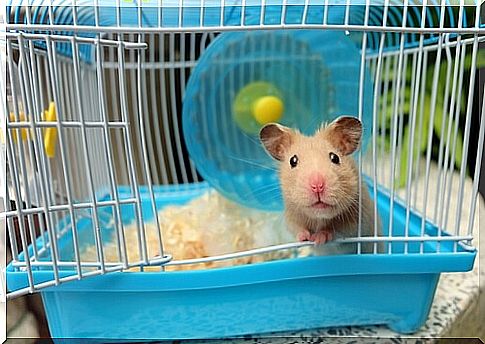
You can also provide some yourself. The cardboard from the toilet paper rolls can be placed in the cage to go through the tunnel and cardboard boxes will be used for climbing or nesting. Why not go out of your way and gift them a cardboard pet castle? That will give you hours and hours of fun use.
The garden for a rodent is a source of happiness
Take a look at their body language to see if your pet is happy:
- If it yawns, the rodent has a pleasant and comfortable sleep.
- If it is buried in the bedding, does food gathering, or animated cage stunts, the rodent is happy.
- When he sits down to sniff the air, it’s because your pet has discovered something new.
- If you perceive that he is relaxed, it is because his home gives him the feeling of comfort and peace.
- When you see your rodent jumping in the air, it is a sign that he is in a very good mood.
- By stretching with your body you are showing a feeling of comfort and relaxation.

